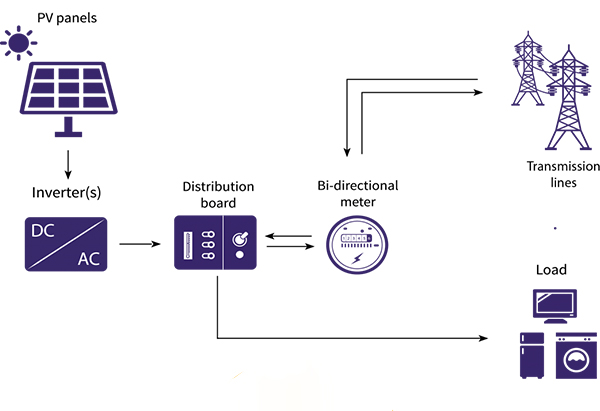Solar or photovoltaic systems with or without batteries that interact with the electrical grid are called grid-connected systems. Solar inverters in grid-connected photovoltaic systems transmit the excess energy produced by solar panels to the electrical grid.
Do your electricity bills take up a significant portion of your costs? Then a grid-connected photovoltaic system may be a suitable solution to reduce your bills. These systems are very easy to install. Additionally, if you do not plan to use batteries in the system, there are almost no maintenance costs.
According to the current legislation and regulations in our country, you can make grid supply agreements based on state-guaranteed fixed rates for up to 10 years for the solar energy you supply to the grid. These agreements are renewed every ten years. You can contact your electricity distribution company or contact us to learn about the government incentives valid for photovoltaic systems in your region.


